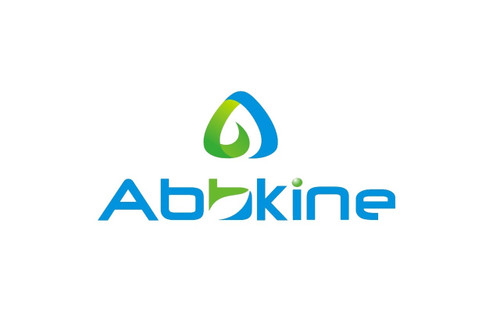Product Description
Mouse Adenosine receptor A2a (ADORA2A) ELISA Kit | AE24025MO | Abebio
Species Reactivity: Mouse (Mus musculus)
Abbreviation: ADORA2A
Alternative Name: ADORA2; RDC8; hA2aR; adenosine A2 receptor|adenosine receptor subtype A2a
Application: ELISA
Range: 31.25-2000 pg/mL
Sensitivity: 7.81 pg/mL
Intra-Assay: ≤4.6%
Inter-Assay: ≤8.3%
Recovery: 0, 96
Sample Type: Serum, Plasma, Other biological fluids
Detection Method: Sandwich
Analysis Method : Quantitive
Test Principale: This assay employs a two-site sandwich ELISA to quantitate ADORA2A in samples. An antibody specific for ADORA2A has been pre-coated onto a microplate. Standards and samples are pipetted into the wells and anyADORA2A present is bound by the immobilized antibody. After removing any unbound substances, a biotin-conjugated antibody specific for ADORA2A is added to the wells. After washing, Streptavidin conjugated Horseradish Peroxidase (HRP) is added to the wells. Following a wash to remove any unbound avidin-enzyme reagent, a substrate solution is added to the wells and color develops in proportion to the amount of ADORA2A bound in the initial step. The color development is stopped and the intensity of the color is measured.
Product Overview: ADORA2a is a member of the G protein-coupled receptor (GPCR) family which possess seven transmembrane alpha helices. The crystallographic structure of the adenosine A2A receptor PDB 3EML (see figure to the right) reveals a ligand binding pocket distinct from that of other structurally determined GPCRs. Adenosine A2a Receptoris one of several receptor subtypes for adenosine. The activity of the encoded protein, a G protein-coupled receptor family member, is mediated by G proteins which activate adenylyl cyclase. The encoded protein is abundant in basal ganglia, vasculature and platelets and it is a major target of caffeine.As with the A1, the A2A receptors are believed to play a role in regulating myocardial oxygen consumption and coronary blood flow.
Stability: The stability of ELISA kit is determined by the loss rate of activity. The loss rate of this kit is less than 5% within the expiration date under appropriate storage condition. The loss rate was determined by accelerated thermal degradation test. Keep the kit at 37°C for 4 and 7 days, and compare O.D.values of the kit kept at 37°C with that of at recommended temperature. (referring from China Biological Products Standard, which was calculated by the Arrhenius equation. For ELISA kit, 4 days storage at 37°C can be considered as 6 months at 2 - 8°C, which means 7 days at 37°C equaling 12 months at 2 - 8°C) .
 Euro
Euro
 USD
USD
 British Pound
British Pound
 NULL
NULL








